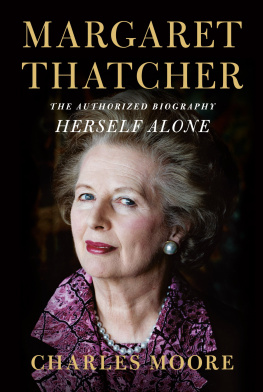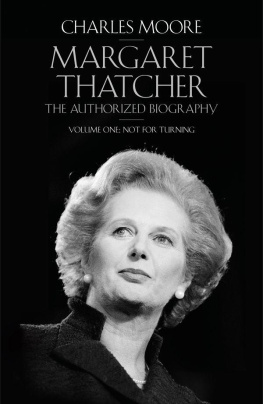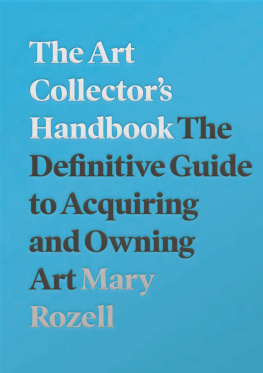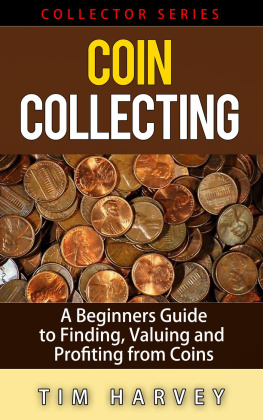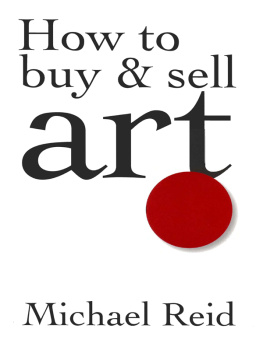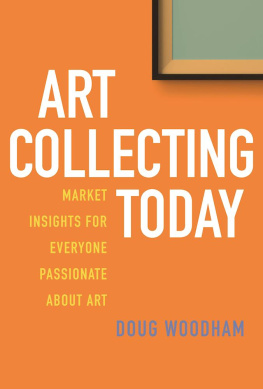The Black Market
A Guide to Art Collecting
Charles Moore

The Black Market: Building Legacy Through Art Collecting
Published by PETITE IVY PRESS NEW YORK, NEW YORK, U.S.A.
Copyright 2020 CHARLES MOORE. All rights reserved.
No part of this book may be reproduced in any form or by any mechanical means, including information storage and retrieval systems without permission in writing from the publisher/author, except by a reviewer who may quote passages in a review.
All images, logos, quotes, and trademarks included in this book are subject to use according to trademark and copyright laws of the United States of America.
Library of Congress Control Number: 2020943736 MOORE, CHARLES, Author THE BLACK MARKET CHARLES MOORE
ISBN: 978-1-7351708-0-0 (Hardcover)
ISBN: 978-1-7351708-1-7 (Paperback)
ISBN: 978-1-7351708-2-4 (E-Book)
ART / American / African American
ART / Collections, Catalogs, Exhibitions / General
Cover Illustration & Design by Keviette Minor Foreword by Alexandra M. Thomas
QUANTITY PURCHASES: Schools, companies, professional groups, clubs, and other organizations may qualify for special terms when ordering quantities of this title. For information, email .
All rights reserved by CHARLES MOORE and PETITE IVY PRESS.
This book is printed in the United States of America.

Table of Contents
Foreword
Alexandra M. Thomas
T o the mainstream art world, Black art is more in vogue now than everthis 21 st century notoriety results from decades of activism by Black curators, scholars, and artists for whom the fight for increased representation has always been a matter of fashioning a more inclusive community. For several years, I have been working as a writer, scholar, and museum professional in the modern and contemporary art world. As a young African-American woman committed to the work of studying and teaching Black art histories, I am cognizant of art world practices and rituals that appear to be pushing toward a more inclusive vision while established ways of gatekeeping in the form of classism, racism, and other systems of oppression remain. This is the socio-cultural context in which The Black Market is publisheda growing community of Black people dedicated to a more democratic vision of the art world. The spirit of this call to action led me to Charles Moore. I met Moore during my time in coursework as a Ph.D. student in African American Studies and History of Art at Yale University in New Haven, Connecticut. It was, in fact, during some of those visits to New Haven that Moore interviewed and forged meaningful connections for the ultimate production of this book. Inspired by his steadfast commitment to supporting and uplifting Black artists, our friendship has blossomed in the 21 st century milieu of the Black arts world. One is immediately struck by Moores dedication to accessibility and communitytraits that are not always celebrated in an increasingly elite commercial art world. In his role as a collector, writer, and scholar in the field of modern and contemporary African-American art, Moore demonstrates the generosity and intellectual rigor demanded of someone who handles African-American art and the narratives of Black artists with care. And what a deeply useful treat this book isMoore welcomes us into his life-world, modelling his labor of love for Black artists and Black people who are interested in collecting their works of art and material culture. The book functions as an essential introduction to literary, visual, and material culture collecting practices that centers African-American artists born in the twentieth century. This is a welcome addition to the literature on Black art and cultureMoore pragmatically guides us through the terminology, philosophies, and histories of African-American artists and the people and institutions that collect their artwork. The organizational composition of the book will likely strike readers; one Black artist is explored for each decade from 1900 to 1990. Moore begins with Norman Lewis and concludes with Tschabalala Self, introducing a diverse range of Black artists working with disparate mediums in between these two examples. The Black Market simultaneously functions as an accessible introduction to art collecting, a history of modern and contemporary Black art through major artists from different generations, and an example of art historical analysis rooted in the experiences and philosophies of the artists themselves. Moore reminds us through his research practice that oral histories and close reading of artworks are as important as collecting the material artworks themselves. If we are to take heed of Moores invitation into collecting, archiving, and learning about Black artit begins with a meticulous engagement with The Black Market.
Introduction
A s we navigate the highly opaque art world of the 21st century, resources for Black collectors have become more vital than ever. This book offers an introduction and some sagacity on the very concept of collecting artthat is, on the concept of collecting art created by Black artists. I have extensive experience in this realm. Back in 2012, I bought my first piece of artwork: a signed and numbered edition print by the renowned street artist Shepard Fairey, who at the time was showing his work at the Institute of Contemporary Art Boston (ICA). On that same trip, I made a point of visiting the Harvard University campusnot knowing then that I would later enroll in its Museum Studies program, deepening my knowledge of art and collecting.
For as long as I can remember, I have always loved art museums. As a child, I grew up going to the Detroit Institute of Art, and my mother was the first art collector I knew. At Harvard, I wrote my Masters thesisentitled From Exclusion to Inclusion: Connecting Black Students to Art Museums on the disparities of access to art museums for Black students, with emphasis on how early exposure to museums affects academic achievement. Art museums are important because they make culture available to everyone and they preserve historical artifacts, I wrote. They are also powerful educational tools. Unfortunately, museums in America have a lengthy history of barring entry to minorities, especially African Americans. I argued that, as a microcosm, art museums represented a member-only group of elite institutions that lived by their caste systems. Many Black students, by virtue of their environment, struggled to find their way inside those seemingly impenetrable doors.
Of course, the times have since changed, at least to an extent. Now, Black artists and other communities within the art space are becoming pillars of this vital industry. Take the ICA, for instance. The museum, in its current iteration, opened in 2006. It is in the South Boston Seaport area, and when I visited the space for the first time, I had just seen the documentary Exit Through the Gift Shop , which profiled Shepard Fairey, the British artist Banksy, and a soon-to-be-famous artist Mr. Brainwash. When visiting art museums, my typical routine was to do just that: to enter through the gift shop, begin on the top floor, and then work my way down throughout the space before exiting back through the gift shop. I had this process down. But I didnt know how this experience at the ICA was to change my life.


